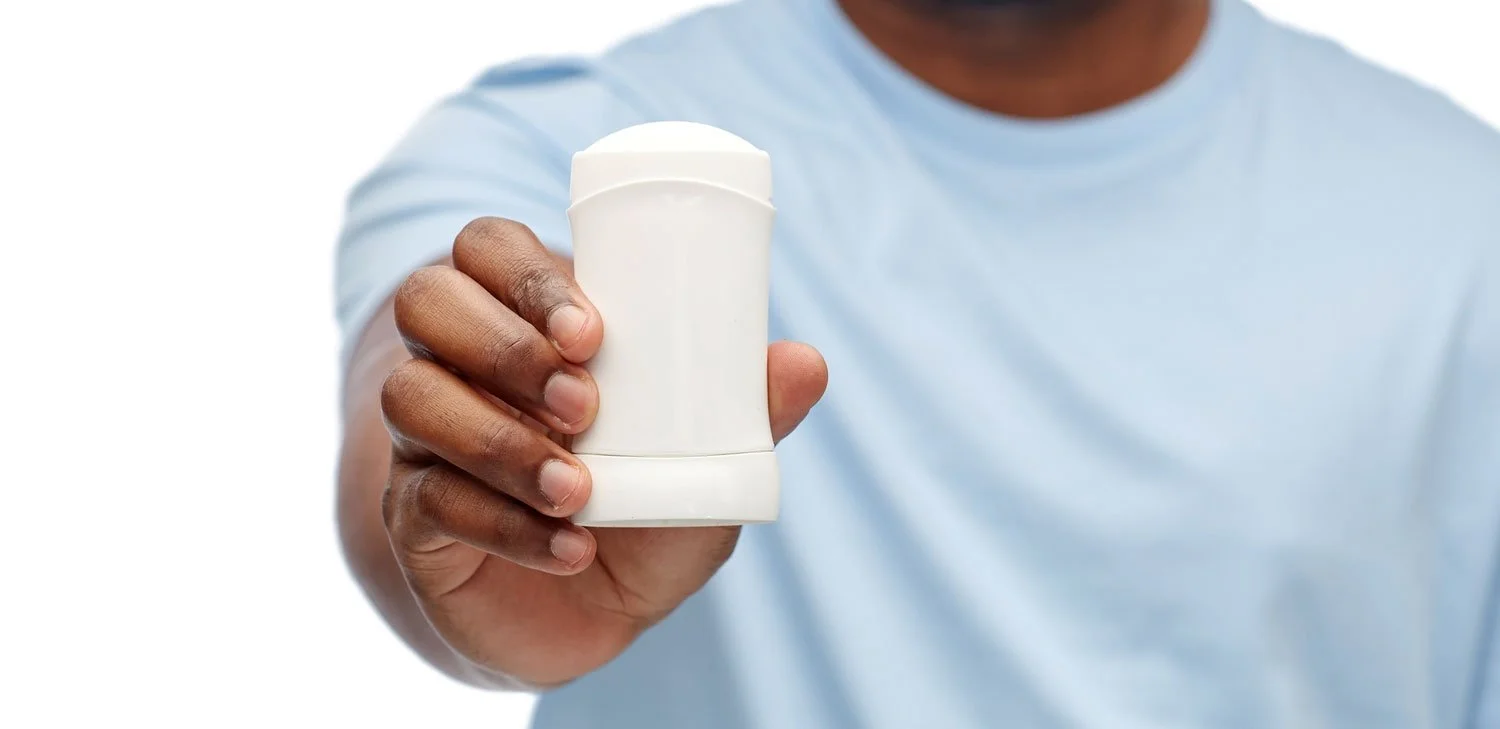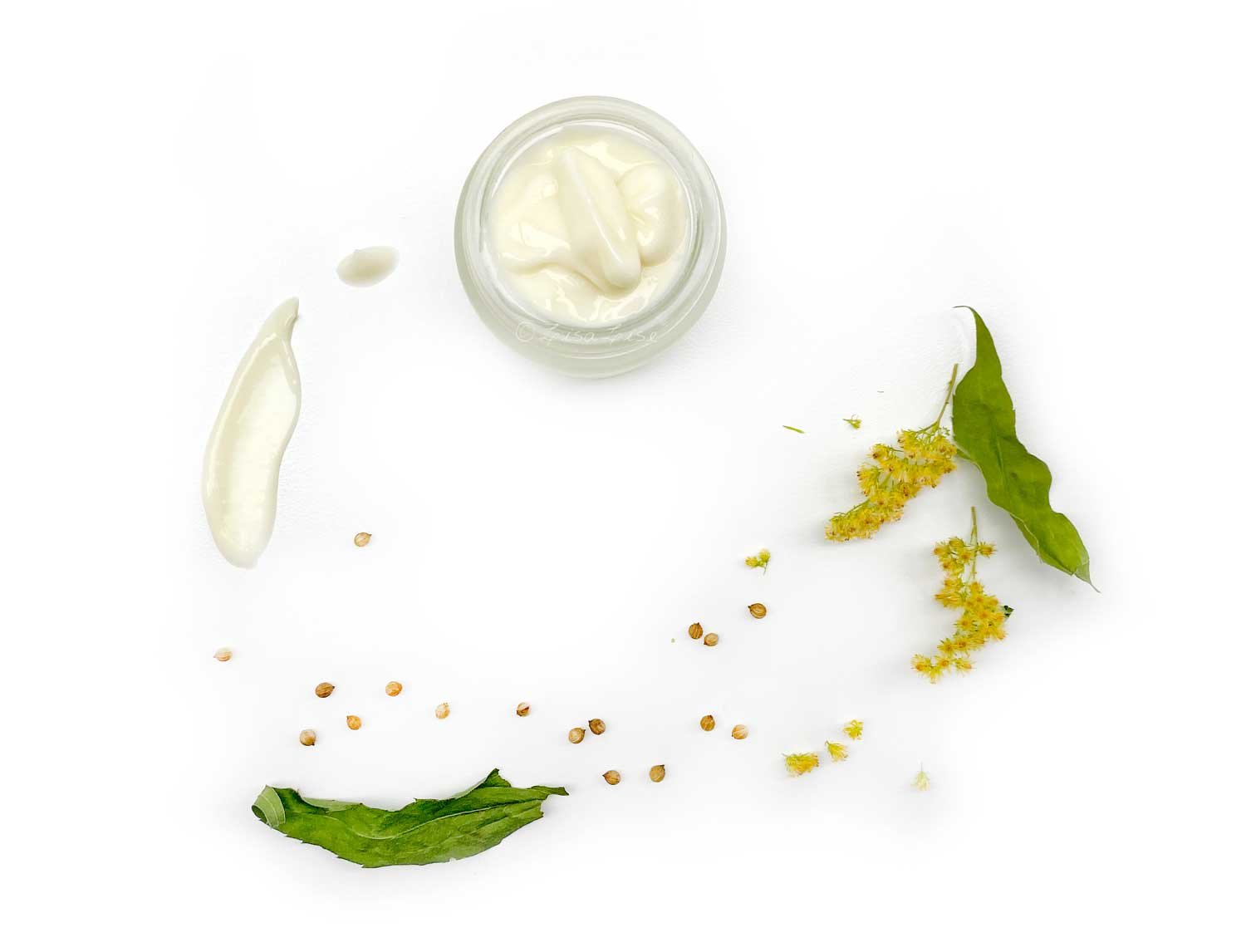The Last (and Very Important) Step
After all the on-the-fly fun at the workbench, there is an important final step: grab a cup of your favorite beverage and sit down to do the math to determine the exact percentages of the ingredients used so you can finalize your formula.
Skipping this step can have dire consequences if you discover you have created perfection and want to make another batch but realize you didn’t take enough notes to do the necessary math. (Don’t say I didn’t warn you)
Stirring Method
Heike’s suggested method for using this DIY emulsifier includes using a high speed mixing tool after all ingredients have been mixed, but I decided to see what would happen if I simply did everything using my regular hand-stirring technique.
Spoiler alert: the texture is a winner.
Obviously, a few repeat performances are necessary before this can be pronounced a full success.
Ingredients in this Emulsion
Handcrafted emulsifier (see how to make it here)
Coriander seed oil
Handcrafted goldenrod hydrosol
Preservative (I used Naticide)
Emulsion Impressions
This is a very oil-rich emulsion where a little goes a long way. The cream feels super lightweight yet decadently rich and goes on smoothly with absolutely no soaping or tackiness.
It smells amazing too (but then again, I chose ingredients that smell amazing).
This wont be my last batch, but I will probably be combining a few oils for future batches. An emulsion this oil-rich can be quite greasy feeling on the skin if you use more than a small amount and because I am a hopeless slatherer, few drier feeling oils will need to be included.
Finally, let me share a couple of extra tips from Heike
Be mindful of pH. Sucrose stearate is sensitive to acidic ingredients. To avoid separation, dilute any acids (such as lactic acid, etc) before adding them to your mixture.
The emulsion may turn out thinner with the addition of alcohols, acids, or if you employ vigorous stirring.
Do Tell
Have you ever formulated on the fly? Did you remember to take notes?



























